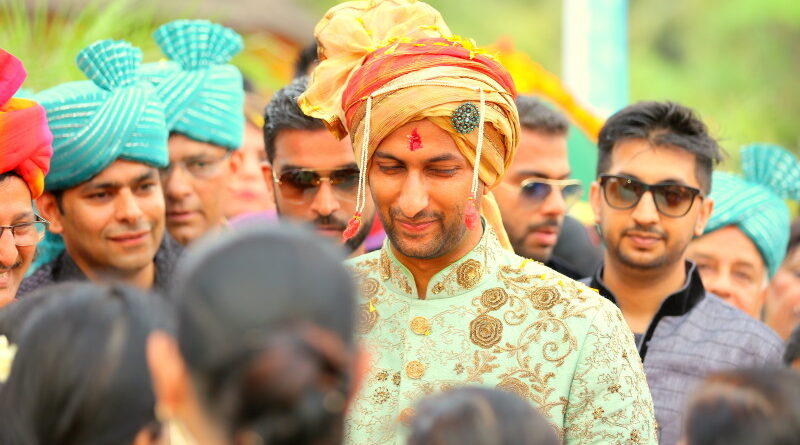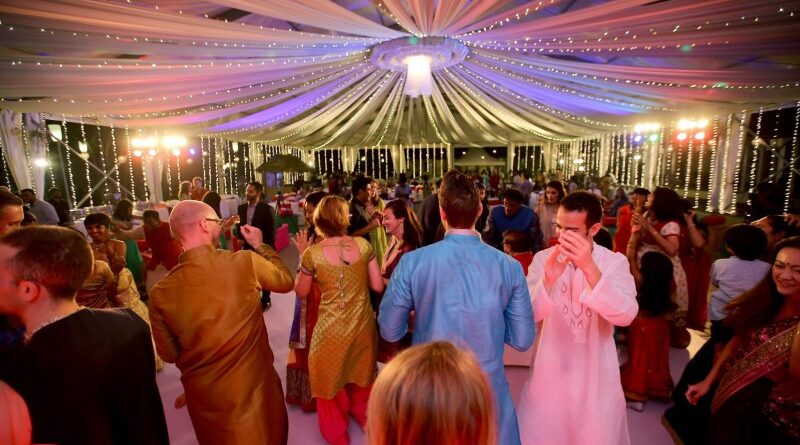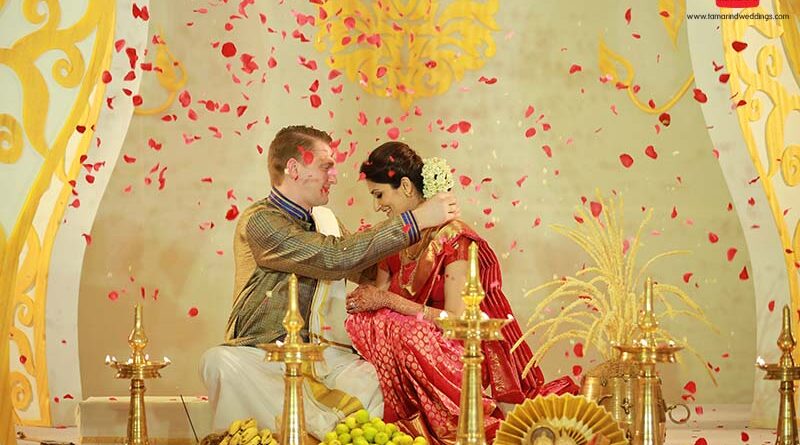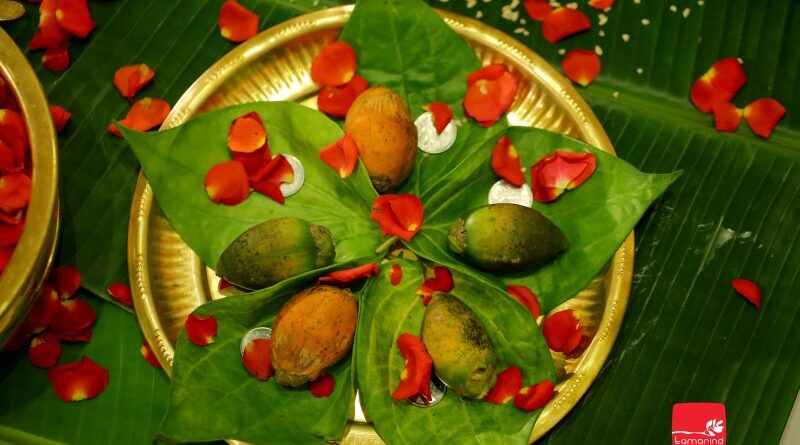The Multi-Turban Indian Grooms
A veil is a crowning beauty for a bride. A headgear is equally glorifying for a groom. A turban or a headgear plays an important part for the groom and his immediate male relatives. According to original Indian tradition, the entire ensemble of an Indian groom should resemble a king. Maybe this is why Indian grooms dress so elaborately. Indian kings considered their crowns and turbans as symbols of pride and stature. Hence, you cannot overlook the relevance of the turban in Indian wedding dressing. India is a multi-cultural land. Perhaps its these cultures which bring about changes in the colours and textures of headgear. You can see a large variety of turbans in the country! Let's journe...




